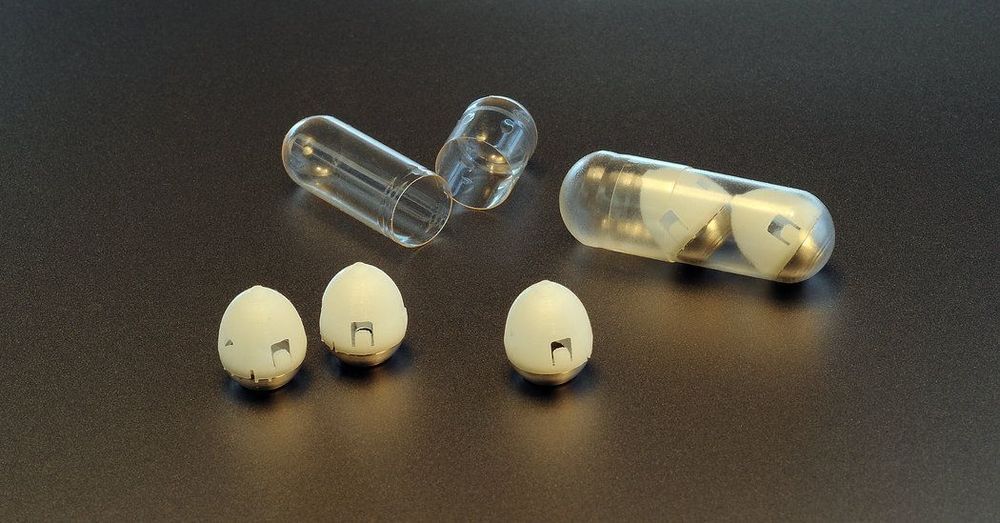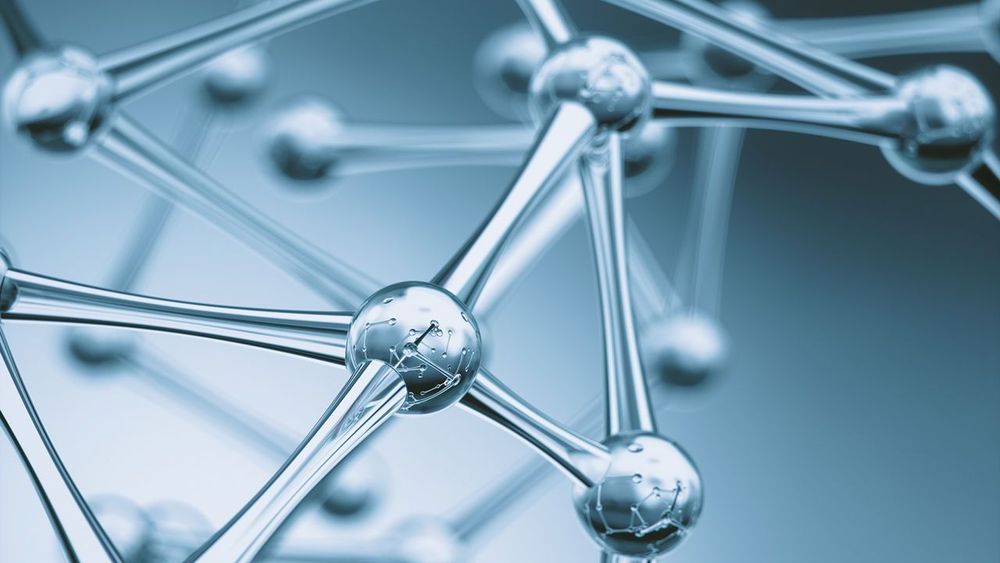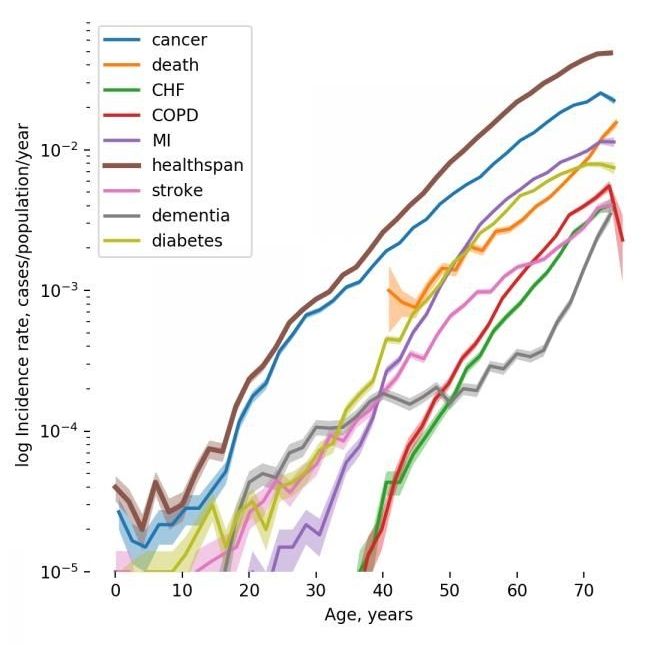The loss of the courageous men and women from Apollo 1, Challenger, and Columbia was not in vain. America will lead the world into a new era of discovery.
President Trump’s full statement: http://45.wh.gov/o81S3D

The loss of the courageous men and women from Apollo 1, Challenger, and Columbia was not in vain. America will lead the world into a new era of discovery.
President Trump’s full statement: http://45.wh.gov/o81S3D

Today, Zhongguancun is home to about 9,000 hi-tech companies, including Chinese search engine and artificial intelligence champion Baidu, social media giant Sina Corp, as well as regional headquarters for global giants like Microsoft and Google. Nearly half of the country’s 70 unicorns – start-ups with a valuation of US$1 billion or more – are located in the area.
Zhongguancun has 9,000 hi-tech companies.

Go into your backyard about 20:30 p.m. EST or thereabouts this weekend and you can see the most incredible thing – the Andromeda Galaxy – one of the farthest objects visible to the naked eye. If you know where to look. Locating the ‘other ’ major galaxy in our Local Group is an exercise in stargazing on a grand scale, and the beginning of fall is absolutely the best time to take a look at it.

Discover the world’s best science and medicine | Nature.com




He and Neil Armstrong were the first men to set foot on the moon as part of the Apollo 11 mission. Fifty years ago, Buzz planted the American Flag on the face of the moon. He has written 9 books, is a recipient of the Presidential Medal of Freedom and the Congressional Gold Medal, and is a tireless advocate for space exploration and discovery.

Reviewing the brain impulses, we could see that when participants were producing the sequences correctly and accurately, with no errors, each activity was spaced and ordered in advance of being executed. However, when mistakes occurred, the ‘queuing’ of actions was visibly less well-defined as separate and distinct actions. It appears that the more closely bunched and less-defined ‘queuing’ was, the more participants committed errors in sequence production and timing.
Neuroscientists at Bangor University and University College London have for the first time, identified the processes which occur in our brains milliseconds before we undertake a series of movements, crucial for speech, handwriting, sports or playing a musical instrument. They have done so by measuring tiny magnetic fields outside the participants’ head and identifying unique patterns making up each sequence before it is executed. They identified differences between neural patterns which lead to a more skilled as opposed to a more error-prone execution.
The research, funded by the Wellcome Trust, is published in Neuron Issue date 7 FEBRUARY 2019 (DOI: 10.1016/j.neuron.2019.01.018). Following further research, this new information could lead to the development of interventions which would assist with rehabilitation post-stroke or improve life for people living with stutter, dyspraxia or other similar conditions.
Lead author Dr. Katja Kornysheva, of Bangor University’s School of Psychology explained the significance of the findings:

The global population aged 60 or over is growing faster than all younger age groups and faces the tide of chronic diseases threatening their quality of life and posing challenges to healthcare and economy systems. To better understand the underlying biology behind healthspan — the healthy period of life before the first chronic disease manifestation — the scientists from Gero and MIPT collaborated with the researchers from PolyOmica, the University of Edinburgh and other institutes to analyze genetic data and medical histories of over 300,000 people aged 37 to 73 made available by UK Biobank.
The study published today in Communications Biology was lead by Dr. Peter Fedichev and Prof. Yurii Aulchenko. It shows that the most prevalent chronic conditions such as cancer, diabetes, chronic obstructive pulmonary disease, stroke, dementia, and some others apparently share the common underlying mechanism that is aging itself.
«According to Gompertz mortality law, the risk of death from all causes increases exponentially after the age of 40 and doubles approximately every 8 years», explains Peter Fedichev, founder and CSO of Gero. «By analyzing the dynamics of disease incidence in the clinical data available from UKB, we observed that the risks of age-related diseases grow exponentially with age and double at a rate compatible with the Gompertz mortality law. This close relation between the most prevalent chronic diseases and mortality suggests that their risks could be driven by the same process, that is aging. This is why healthspan can be used as a natural proxy for investigation of the genetic factors controlling the rate of aging, the “holy grail” target for anti-aging interventions».